What is the tolerance range of precision screws?
What is the tolerance range of precision screws?
Service Hotline
+86760-8787 8587We have more than ten years of experience in screw industry production, the main products are: ring lifting nut, black hexagonal flange surface car screws, brass hollow rivets, aluminum alloy screws, toothed butterfly anti-slip, external tooth anti-slip gasket, socket machine Wire bolts, galvanized GB39 square nuts, nickel-plated galvanized washers, outer hexagonal expansion bolts, natural color pins T-pins, stainless steel British and American fine pitch nuts, aluminum alloy washers, small square head bolts, national standard hexagonal bolts, etc. Due to the different materials and specifications of the products, the prices are also different, if necessary, please contact us.


The material of the combination screw is divided into iron and stainless steel. The iron ones are made of different iron screw wires. Generally, the wire of the combination screw is 1010, 1018, 10B21 and so on. 10B21 is used to make 8.8 grade combination screws. Like 8.8 grade hexagon socket head combination screws, 10B21 wire is often used. When done, go to heat treatment. After heat treatment, remove hydrogen and electroplating. This is to prevent the spring washer of the socket head cap screw from breaking. Stainless steel combination screws, in the combination screw market, generally refer to stainless steel SUS304 combination screws. 201 combination screws generally do very little. Few combination screw manufacturers produce 201 combination screws. Because the hardness of the screw wire of stainless steel 201 is not well controlled, it is easy to produce cracks.
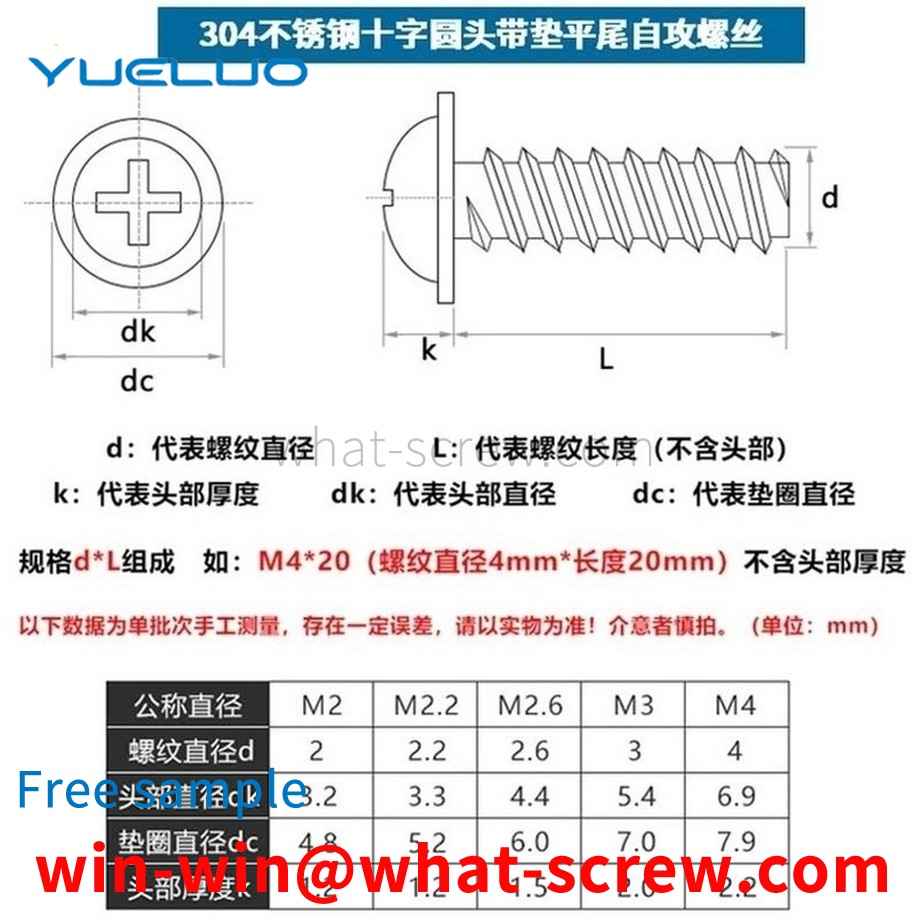
Copper nuts, also known as embedded nuts and embedded copper nuts or plastic embedded nuts, are divided into hot melt copper nuts, hot pressed copper nuts, embedded copper nuts and ultrasonic copper nuts according to different methods of use. This product is widely used in mobile phones. Shell / Pen meter shell / injection molding / insert of plastic parts, used as an internal thread. Generally embossed on the outer circle. To prevent sliding.
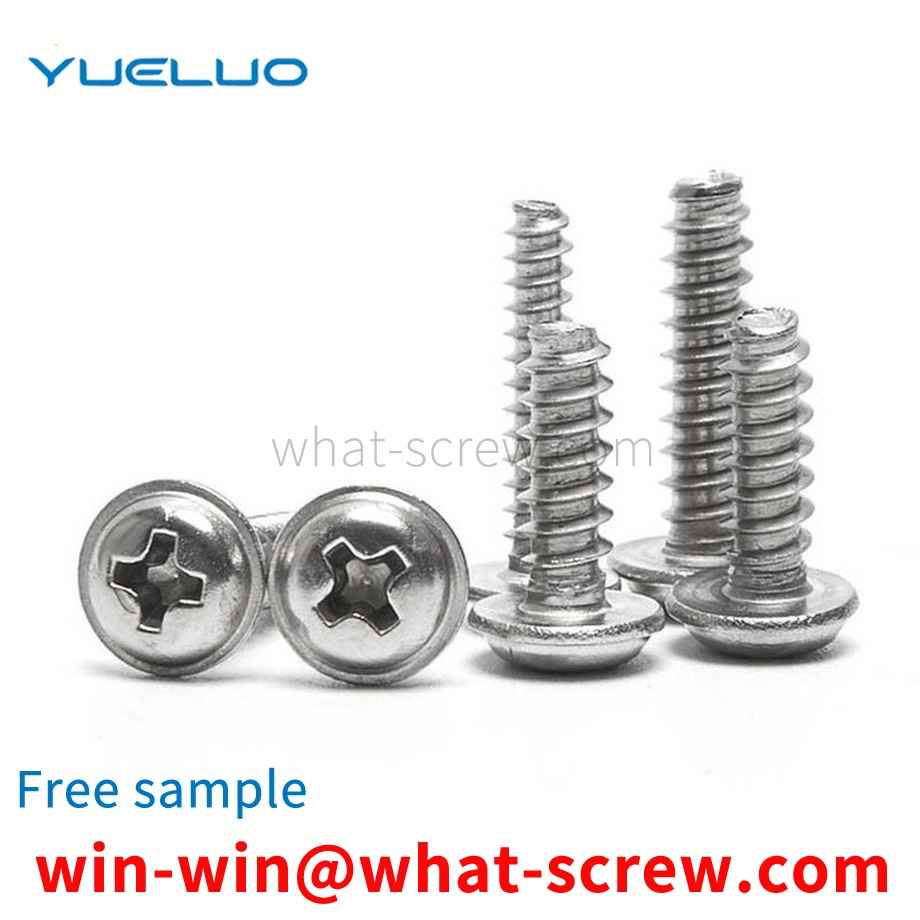
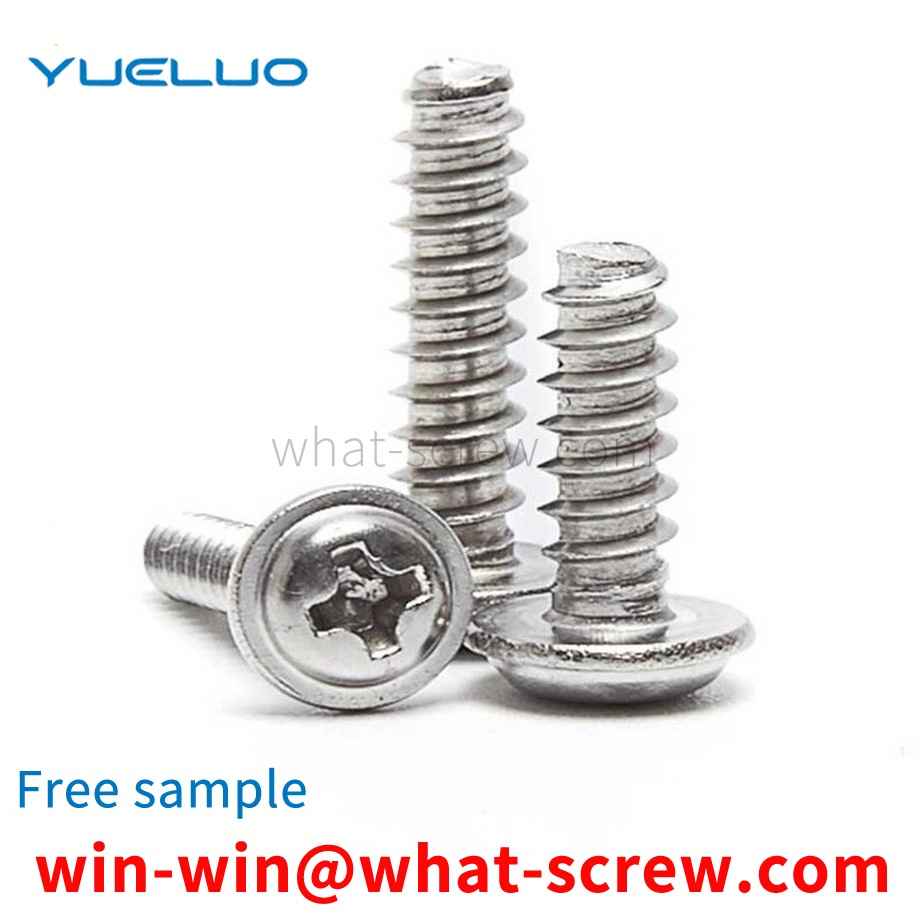
Stainless steel screws are classified into austenitic stainless steel, ferritic stainless steel, martensitic stainless steel, and precipitation hardening stainless steel. The selection of stainless steel screws is also based on principles. Where to start, let you choose the stainless steel screws you need. After comprehensive and comprehensive consideration of these five aspects, the grades, varieties, specifications and material standards of stainless steel screws are finally determined. Austenitic stainless steel: the most basic alloying elements of austenitic stainless steel are chromium and nickel. The grade is a chromium-nickel austenitic stainless steel with a chromium content of about 18% and a nickel content of about 8%, often called 18-8 stainless steel. The element ratio of chromium and nickel basically ensures that the structure of the steel is stable austenitic ferritic stainless steel: 430 type ordinary chromium steel, its corrosion resistance and heat resistance are better than 410 type, magnetic, but it It cannot be strengthened by heat treatment, and is suitable for stainless steel screws with slightly higher corrosion resistance and heat resistance and general strength requirements. Martensitic stainless steel: Type 410 and 416 can be strengthened by heat treatment, with a hardness of 35 to 45HRC, and good machinability. They are used for general-purpose heat-resistant and corrosion-resistant stainless steel screws. Type 416 has a slightly higher sulfur content and is a free-cutting stainless steel. Type 420, sulfur content? R0.15%, improved mechanical properties, can be strengthened by heat treatment, maximum hardness value of 53 ~ 58HRC, used for stainless steel screws requiring higher strength. Precipitation hardening stainless steel: 17-4PH, PH15-7Mo, they can get higher strength than the usual 18-8 type stainless steel, so they are used for high-strength, corrosion-resistant stainless steel stainless steel screws. A-286, a non-standard stainless steel, has higher corrosion resistance than commonly used Type 18-8 stainless steels, as well as good mechanical properties at elevated temperatures. Used as high-strength, heat-resistant, corrosion-resistant stainless steel screws, can be used to 650 ~ 700 ℃. Austenitic stainless steel: The commonly used models are 302, 303, 304, and 305, which are the so-called 18-8 austenitic stainless steels. Both corrosion resistance and mechanical properties are similar. The starting point of selection is the production process method of stainless steel screws, and the method depends on the size and shape of stainless steel screws, and also depends on the quantity of production. Type 302 is used for machined screws and self-tapping bolts. Type 303 In order to improve machinability, Type 303 stainless steel is added with a small amount of sulfur and is used to machine nuts from bar stock. Type 304 is suitable for hot heading stainless steel screws, such as longer gauge bolts, large diameter bolts, which may be beyond the scope of the cold heading process. Type 305 is suitable for cold heading processing of stainless steel screws, such as cold formed nuts, hex bolts. Type 309 and Type 310, their Cr content and Ni content are higher than 18-8 type stainless steel, suitable for stainless steel screws working at high temperature. Types 316 and 317, both of which contain the alloying element Mo, have higher high temperature strength and corrosion resistance than 18-8 type stainless steel. Type 321 and Type 347, Type 321 contains a relatively stable alloying element Ti, Type 347 contains Nb, which improves the intergranular corrosion resistance of the material. It is suitable for stainless steel standard parts that are not annealed after welding or serve at 420~1013℃.
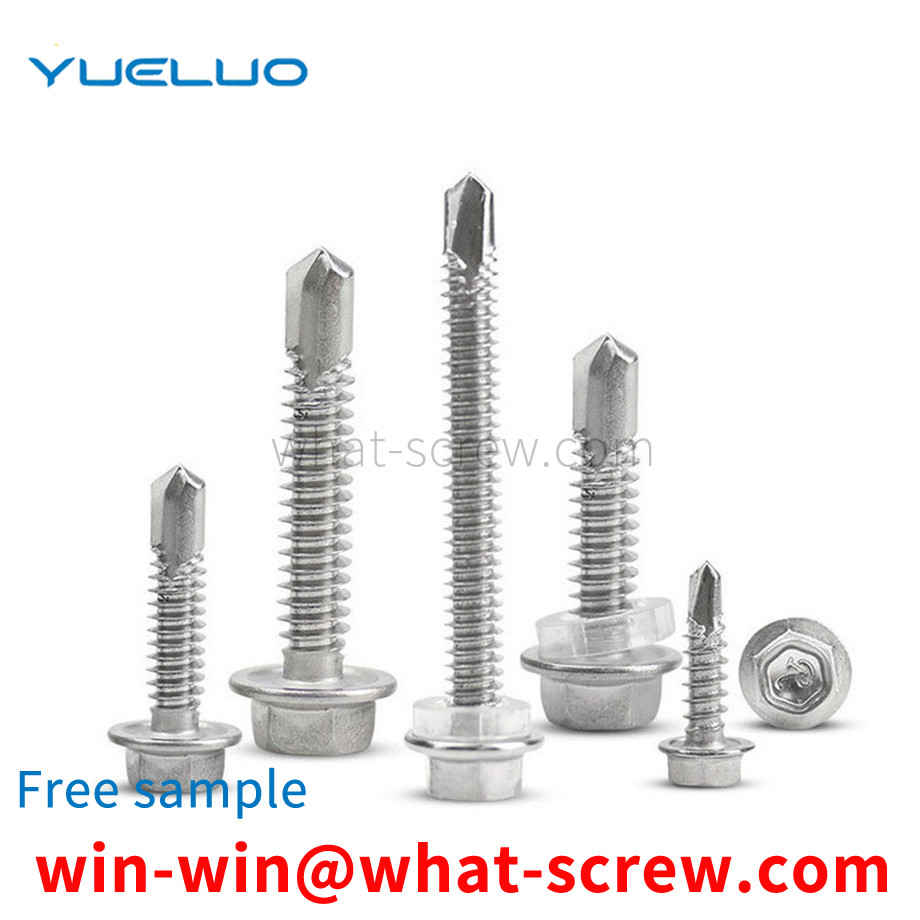
Thread Code Broadcast Coarse Thread Series UNC Fine Thread Series UNF Extra Fine Thread Series UNEF Fixed Pitch Series UN Marking Method Broadcast Marking Method: Thread Diameter - Number of Threads per Inch Serial Code - Accuracy Grade Example: Coarse Thread Series 3/8—16 UNC— 2A Fine pitch series 3/8—24 UNF—2A Extra fine pitch series 3/8—32 UNEF—2A Fixed pitch series 3/8—20 UN—2A The first digit 3/8 indicates the outer diameter of the thread, in inches , to convert to metric unit mm, multiply by 25.4, that is, 3/8×25.4=9.525mm; the second and third digits 16, 24, 32, 20 are the number of teeth per inch (the number of teeth on the 25.4mm length); The text code UNC, UNF, UNEF, UN after the third digit is the series code, and the last two digits 2A are the precision grade. UNC: Unified Coarse Thread.
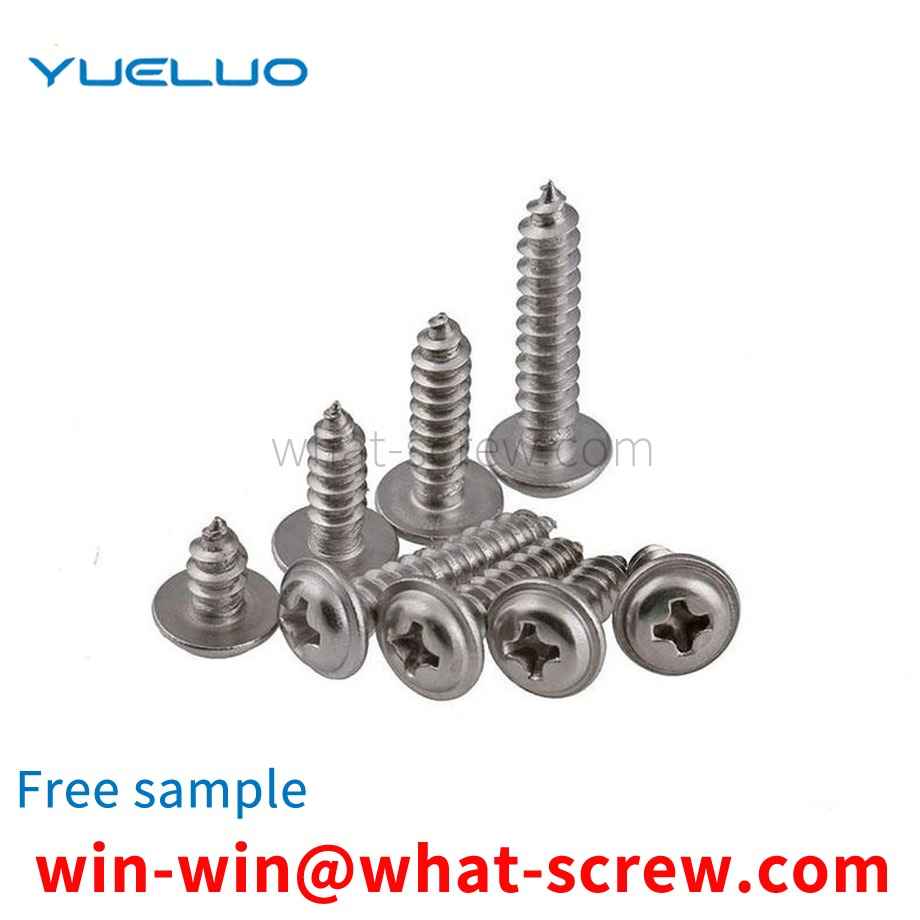
The above content is uploaded by Yueluo or the Internet. If there is any copyright issue, please contact [email protected].

What is the tolerance range of precision screws?

How to choose the right stainless steel screw manufacturer?

Why is there an R angle under the head of the hexagon head s...

We have more than ten years of production experience in the ...

We have more than ten years of experience in the production ...

We have more than ten years of experience in the production ...

We have more than ten years of experience in screw industry ...